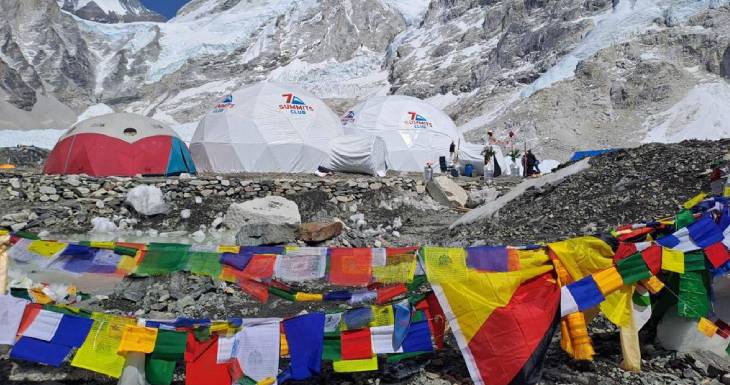International Mountain Day was born as an initiative of the United Nations (UN) to raise awareness about the importance of mountains and the communities that depend on them. It was officially declared in 2003, as a follow-up to the International Year of Mountains celebrated in 2002.
This day seeks to highlight the multiple benefits that mountains provide, from being a fresh water source and home to rich biodiversity, to their role in local cultures and tourism. However, it is also a call to attention about the challenges they face, such as climate change, soil degradation and rural exodus. The main objective of the celebration is to promote the sustainable development of mountain regions, encourage the protection of their ecosystems and ensure the well-being of the communities living in these areas, who often face difficult living conditions.
These nature giants are not only a vital source of fresh water and biodiversity, but also settings of great cultural and tourist value.
By choosing this type of experience, travelers encourage sustainable development by generating jobs, supporting small businesses and promoting ecological practices. Local communities benefit economically and culturally, while visitors enjoy stunning landscapes and activities such as hiking, climbing, skiing and wildlife watching. How should we prepare for mountain activities?
Planning a mountain expedition or activity safely involves paying attention to several key aspects:
- Pre-health assessment: perform a medical check-up to assess conditions such as hypertension or respiratory problems, adequate acclimatization if the destination is at high altitude and the necessary vaccinations.
- Proper equipment: Includes thermal clothing, sturdy footwear, first aid kit, and emergency communication devices such as radios or satellite equipment.
- Medical evacuation logistics: Coordinate with specialized services that offer rescue, transfers, and medical support in remote areas.
- Contingency plan: Inform someone of your route, prepare detailed maps, and verify escape routes.
Being prepared makes the difference between a controlled emergency and a major risk
Medical assistance in the mountains presents unique challenges due to the access difficulty and the lack of adequate health infrastructure. It is important to have medical insurance with comprehensive solutions, such as rescues in steep terrain, transfer of the injured and immediate care in remote areas. In addition to having specialized first aid kits, emergency communication devices and doctors trained in high mountain conditions.
Meanwhile, technological innovations are transforming medical assistance in remote and difficult-to-access areas. Drones, for example, allow essential medical supplies such as medicines and defibrillators to be delivered in record time. Satellite communication devices guarantee connection in areas without mobile coverage, facilitating the coordination of rescues and remote medical consultation.
For experts, the impact of humans on the mountains is a concern:
Mount Everest is one of the most iconic mountaineering destinations and the excess of visitors without the necessary precautions has generated pollution and accumulation of waste - 200 tons of garbage per year - at high altitude. This problem not only affects the ecosystem, but also local communities - who have adapted their services significantly to meet the demand of the thousands of tourists and mountaineers who arrive each year - and depend on a clean and healthy environment to live. Due to the huge number of mountaineers who visited Everest in recent years, stricter regulations have been implemented to deal with environmental impact and safety.
Some of these are:
- A limit has been established on the number of permits to climb Everest.
- Groups are required to hire authorized guides.
- Tour operators promote clean-up initiatives, such as "Carry Your Trash Back", which encourage mountaineers to take their waste with them.

Everest Base Camp.
Mountaineering, hiking, skiing and ecotourism make mountains a constantly growing global attraction, but we must remember that they are not just tourist destinations, but fragile and valuable ecosystems that deserve our protection. The mountain offers us a unique space to connect with nature, challenge ourselves physically and live adventures.
Every December 11th invites us to think about the conservation of our mountains, so that we can all enjoy their majesty without putting their future at risk. Places like the Himalayas, the Alps and the Andes receive thousands of tourists every year, eager to live outdoor experiences. Exploring their landscapes involves breathing fresh air, doing physical exercise and disconnecting from urban stress, which results in an improvement in general well-being.
Let's enjoy the magic of the mountains responsibly, promoting their conservation - and protecting their natural and cultural legacy - to ensure that future generations can enjoy their beauty and resources.


